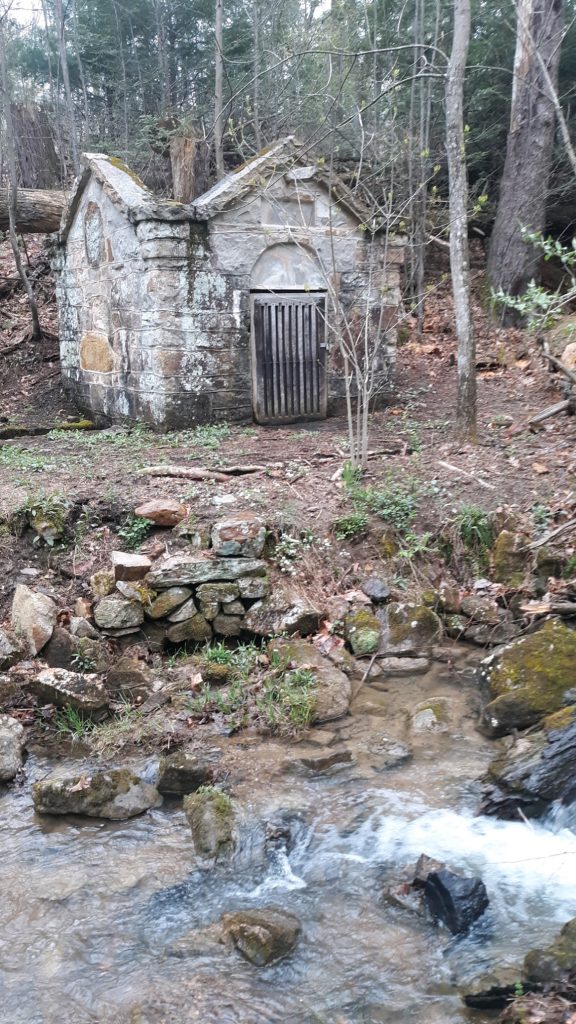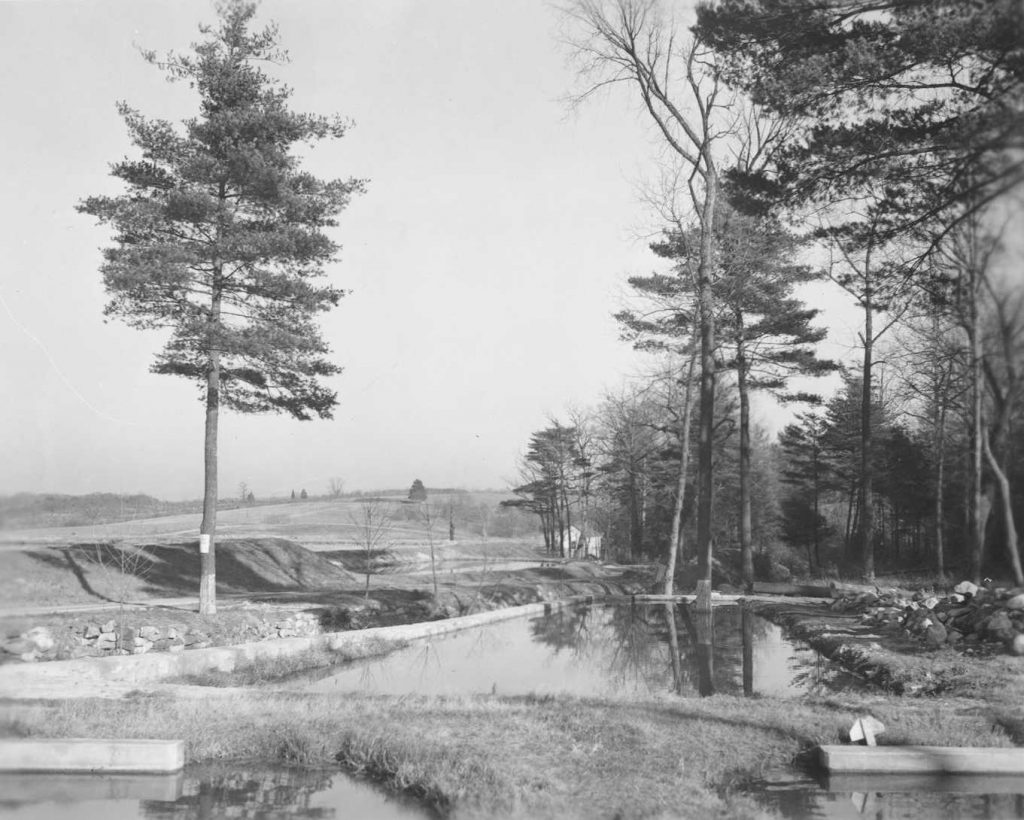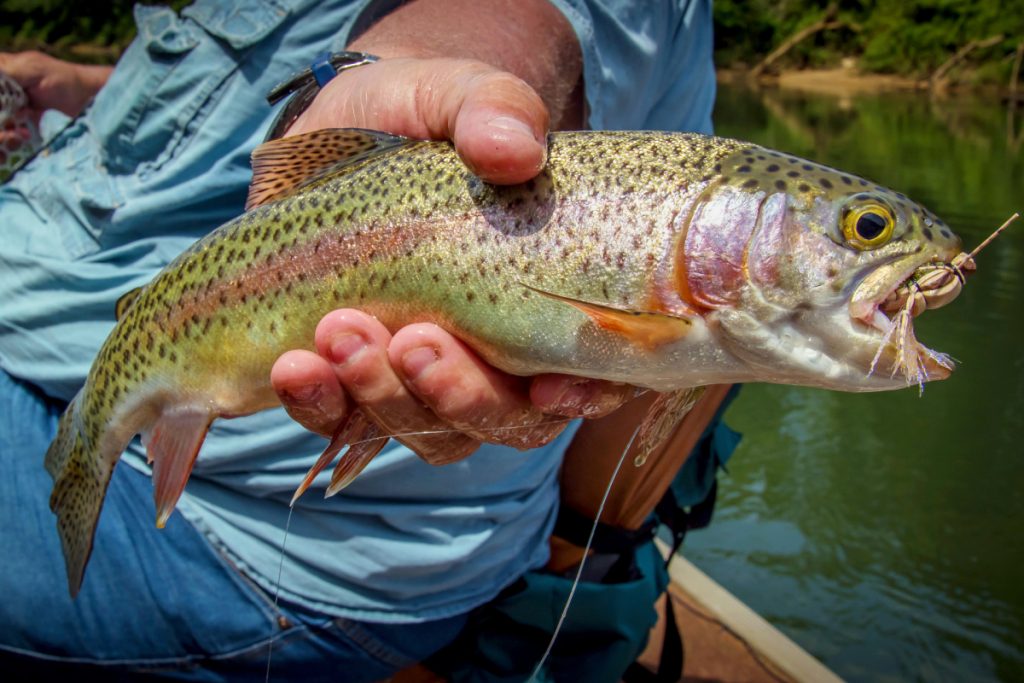Let’s go back to 1837.
Fish in West Virginia waters were bountiful.
Fish in the Potomac River were so thick that “at times they stuck their heads out of the water.”
“It was nothing to catch a couple of wagon loads of fish in a morning near Dunkard Bottom, not far from Kingwood.”
And “fish were caught by the barrelfull in the Cheat River and were salted away for future use.”
Forty years later, this bounty had been wiped away, the result of pollution and the total disregard for fishing laws.
By 1877, it was reported that “the best of our streams scarcely afford sport for the anglers and no one relies on them for food.”
That’s according to an April 1963 report by Dr. Edward Kinney in West Virginia Conservation Magazine.
The state got together to counter the fish decline.
In 1927, Theodore Fearnow, of Berkeley Springs, West Virginia, was hired as the state’s first fish culturist.
His primary job was to build fish hatcheries – and during his tenure, the Ridge Fish Hatchery in Berkeley Springs was built with the help of funding from the New Deal’s Works Progress Administration (WPA).
By 1935, the Ridge Fish Hatchery was in operation.
According to the report, “much of Fearnow’s job was spent making pollution investigations and attempting to curb pollution.”
The Ridge Fish Hatchery is more than 85 years old.
But it continues to pump out fish for the Cacapon State Park lakes and other rivers, streams and lakes around West Virginia.
Following Fearnow as the managers of the Ridge Fish Hatchery were Doyle Helsley, Ernest Michael, Dave Cochran, Dan Johnson and the current manager Barry Lohmann.
According to Jim Hedrick, the Hatchery Program Manger of the West Virginia Department of Natural Resources, last year Ridge Hatchery cultured 53,869 pounds of brook, brown, rainbow, and golden trout.
“However, they distributed over 62,000 pounds due to picking up fish from other facilities and then stocking,” Hedrick said. “Ridge Hatchery actually stocked almost 73,000 trout last year.”
For the past couple of months, construction workers at the hatchery have been making improvements.
Egg hatching and rearing of young fish require a consistent flow of clear cold water, Hedrick said.
That water comes from an old spring house on the west side of US 522.
“New water lines are being installed due to the age and condition of the existing water supply lines,” Hedrick said. “The Ridge Hatchery collects water from three sources. The spring house is getting a new collection box extension. The old historical spring house will remain in place and unaltered of course.”
“The second source is a collection dam between the spring house and the hatchery. The third location is a collection dam near Route 522. Repair to collection structures and pipes will help provide consistent water to the facility to culture fish.”
Hedrick said the Ridge Hatchery renovation project will cost almost $1.2 million.
[Update April 19, 2021, 6:22 pm: Could it be that the Ridge Fish Hatchery is 100 years old this year? After this story was published, we got an email from Hedrick saying that the hatchery must have been under construction in 1919 and that the first two pools were operational in 1921.]



